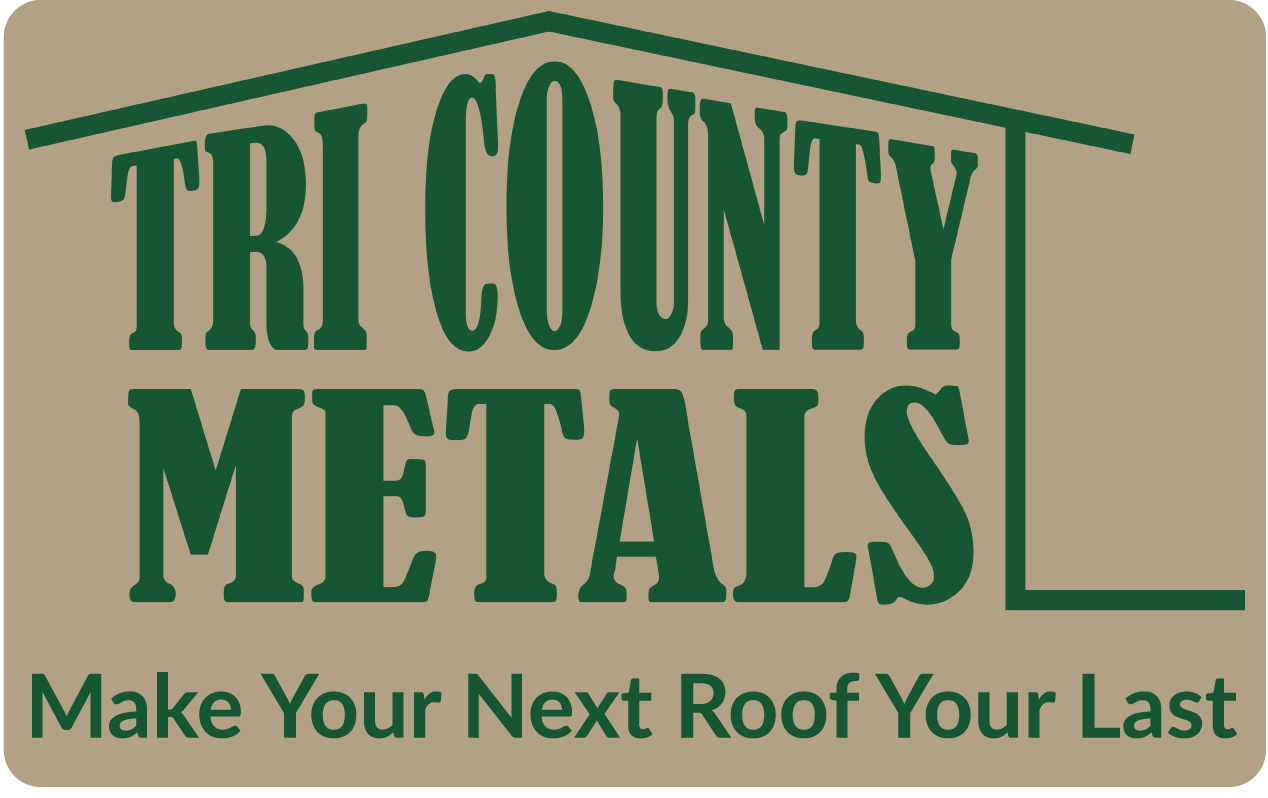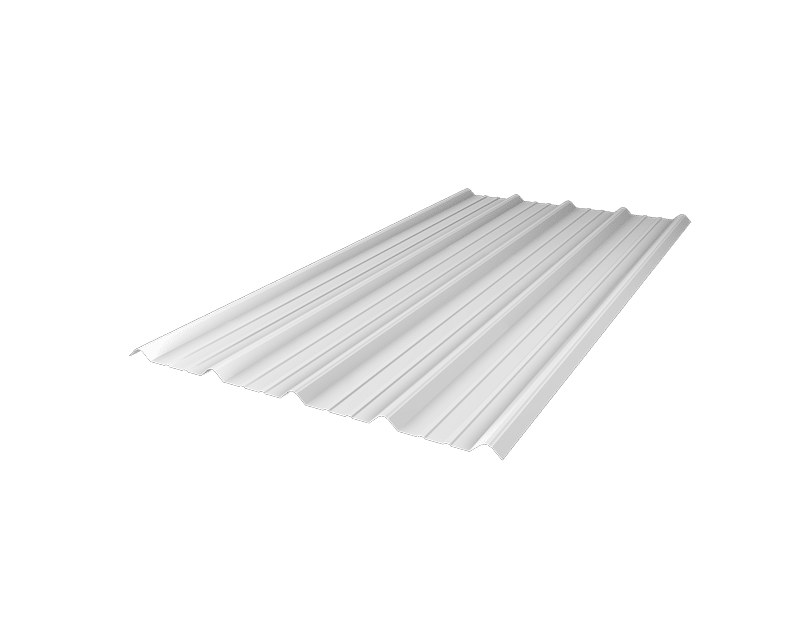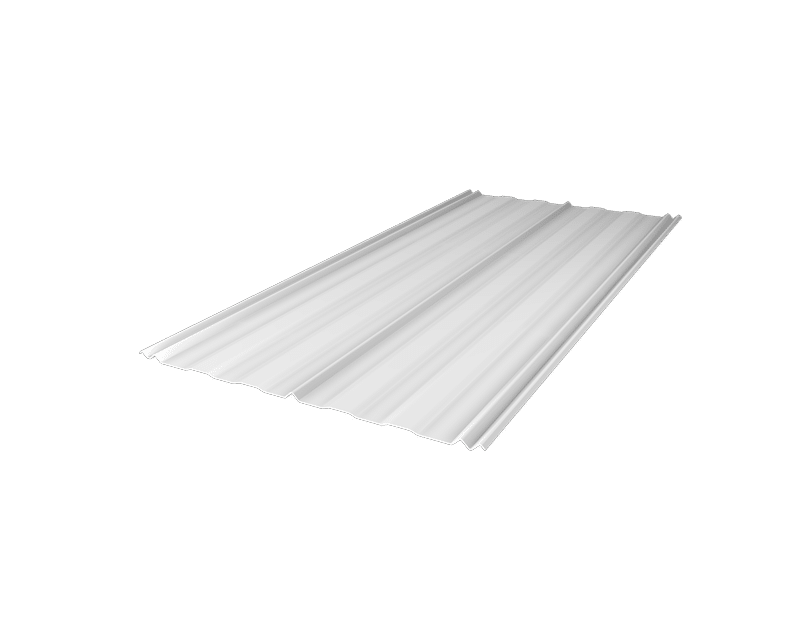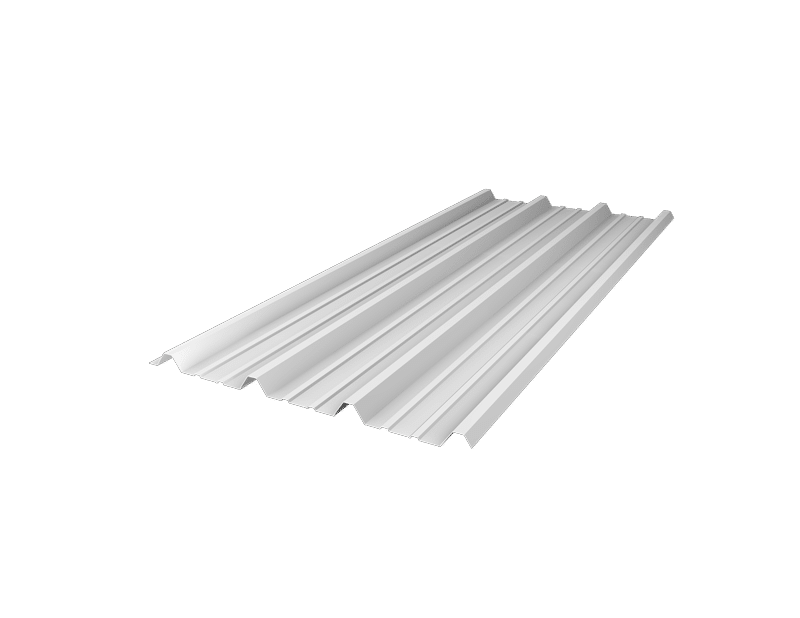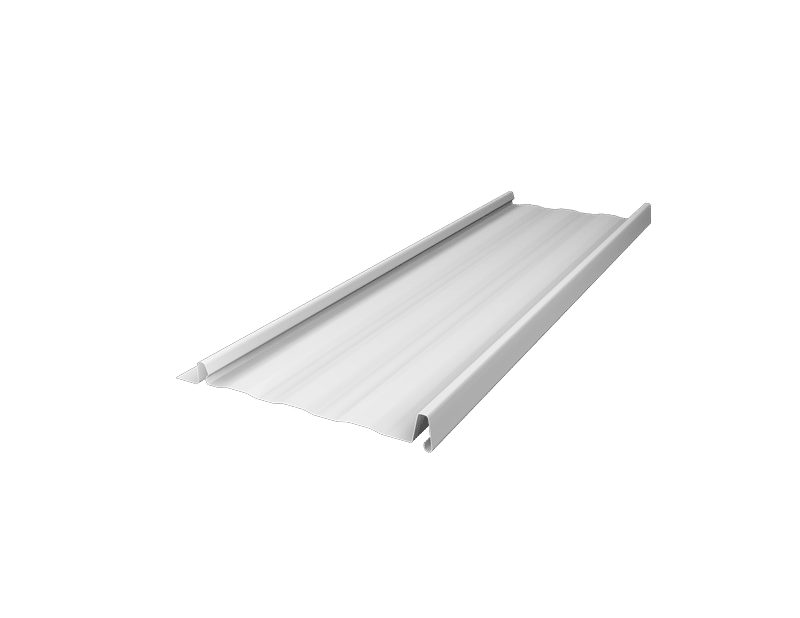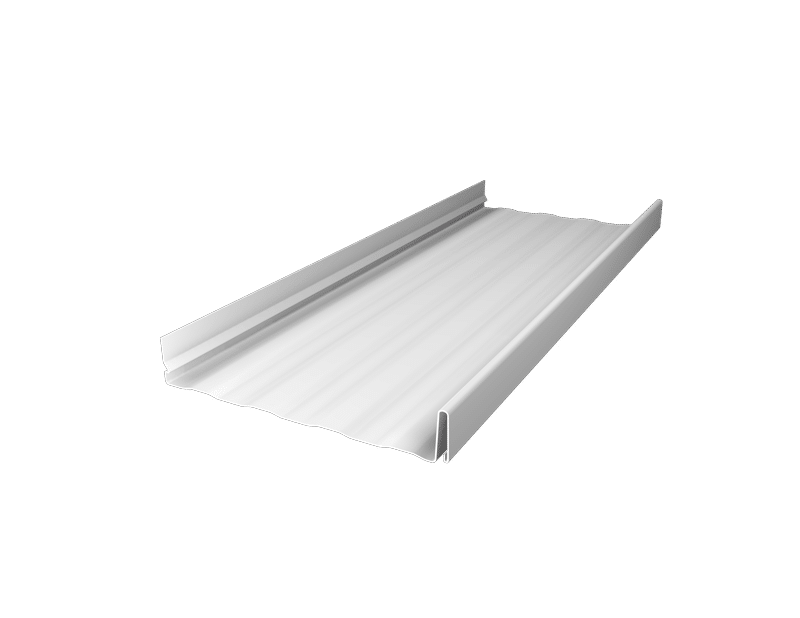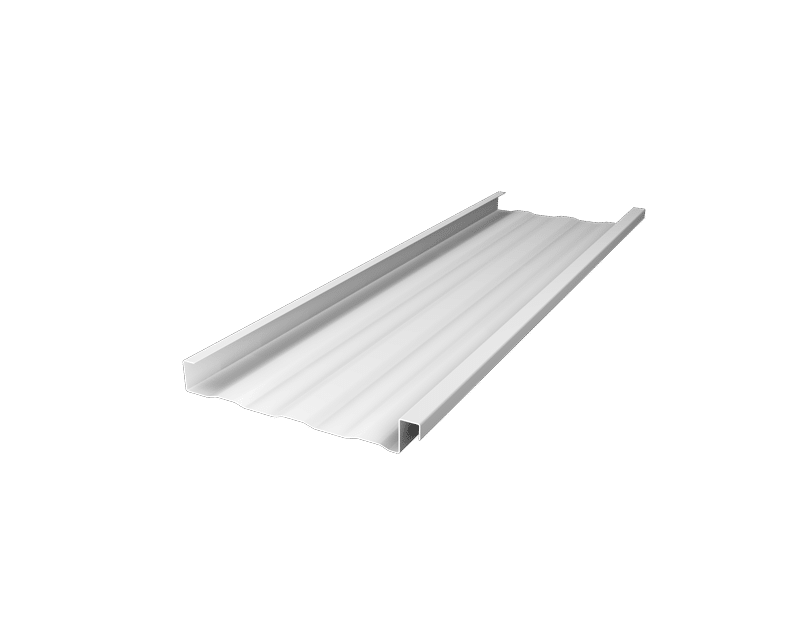Are you considering metal roof over shingles as an option for your home renovation? If so, you've come to the right place! In this blog post, we'll discuss the answer to the question of whether you can put metal roof over shingles and what you need to know about how to install metal over shingles. We'll cover all the pros and cons, costs, and installation steps so that you can make an informed decision about whether metal roof over shingles is the right choice for you. Read on to learn more!
Why Would You Want to Install Metal Roofing Over Shingles?
If you're considering a metal roof over shingles, you might be wondering why anyone would want to take on this type of project. Well, there are several reasons why installing metal roofing over shingles might be a great idea for your home.
First and foremost, adding a metal roof can greatly enhance the aesthetic appeal of your house. With its sleek and modern look, a metal roof can instantly elevate the overall appearance of your home and increase its curb appeal.
In addition to its visual appeal, a metal roof also offers exceptional durability. Metal is known for its strength and longevity, and when properly installed over shingles, it can provide a protective layer that can withstand extreme weather conditions, including heavy rain, snow, and high winds.
Another benefit of installing metal roofing over shingles is the potential for energy savings. Painted metal roofs are highly reflective, which means they can reflect the sun's rays and reduce heat transfer into your home. This can result in lower cooling costs during the summer months, making your home more energy efficient.
Lastly, installing metal roofing over shingles can be a cost-effective solution. Instead of tearing off the existing shingles, which can be time-consuming and costly, metal roofing can be installed directly on top, saving you both time and money.
Can You Install Metal Roofing Over Shingles?
If you're considering installing a metal roof over shingles, you may be wondering if it's even possible. For many job site’s locations, the answer is yes, you can install metal roofing over shingles! This is great news for homeowners who want to upgrade their roof without the hassle and cost of removing the existing shingles.
When installing metal over shingles, there are a few important considerations to keep in mind. First, it's crucial to ensure that your current roof structure can support the added weight of the metal panels. Additionally, you'll need to make sure that the shingles are in good condition and properly secured to the roof.
It's also important to note that installing metal over shingles may affect the warranty of both the metal roof and the shingles. Some manufacturers may require the shingles to be removed before installing the metal roof to maintain warranty coverage.
In any case, it's always recommended to consult with a professional roofing contractor before proceeding with a metal roof installation. They can assess your specific situation and provide guidance on whether installing metal over shingles is the best option for your home.
Link to another full article on this topic
Pros and Cons of Installing Metal Roofing Over Shingles
When it comes to installing metal roofing over shingles, there are certainly pros and cons to consider. Let's start with the advantages. One of the biggest benefits is cost savings. By installing metal directly over the existing shingles, you save both time and money by avoiding the labor-intensive process of tearing off the old roof.
Another advantage is the added durability and longevity that metal roofing provides. Metal is highly resistant to fire, pests, and rot, making it a durable and low-maintenance option for your roof. Additionally, metal roofs are known for their energy efficiency, reflecting heat and reducing cooling costs during the summer months.
However, there are also a few downsides to consider. One potential drawback is the added weight of the metal panels, which may require additional structural support. Additionally, metal roofing can be noisier during heavy rain or hailstorms compared to traditional shingles.
How to Prepare Your Roof for Metal Installation
When it comes to preparing your roof for metal installation, there are a few key steps you'll want to follow. First, it's important to thoroughly clean the existing shingles. This means removing any dirt, debris, or moss that may be present. You'll also want to repair any damaged or loose shingles to ensure a smooth surface for the metal panels.
Next, it's crucial to inspect the roof for any structural issues. This includes checking for any signs of rot, sagging, or damage. If you notice any problems, it's best to address them before installing the metal roof to ensure the integrity of your new roofing system.
After the roof is clean and structurally sound, it's time to install underlayment. This is an essential step that provides an extra layer of protection against moisture and helps to create a barrier between the shingles and the metal panels.
Installing the Metal Roofing Panels
Now comes the exciting part – installing the metal roofing panels! This step is crucial to ensure a secure and long-lasting roof for your home. Here's what you need to know:
- Start by laying down the first panel at the eave of the roof, ensuring that it is properly aligned and straight. Use screws specifically designed for metal roofs to secure the panel to the roof deck. It's important to place the screws in the flat area of the panel, rather than the raised portion, to prevent water from seeping in.
- Continue installing the panels, overlapping each one to create a watertight seal. Make sure the panels are aligned correctly and securely fastened to the roof deck.
- For the panels at the edges of the roof or around roof features like chimneys or vents, you may need to make cuts or bends to fit properly. Take precise measurements and use metal cutting tools to make clean and accurate cuts.
- As you work your way up the roof, make sure to overlap the panels correctly. This will prevent water from seeping between the panels and ensure proper drainage.
- Once all the panels are installed, carefully inspect the roof to ensure there are no gaps, loose screws, or other potential issues. Address any problems immediately to prevent future damage.
Other Considerations When Installing Metal Over Shingles
When it comes to installing a metal roof over shingles, there are a few additional considerations you should keep in mind. One important factor is the potential for moisture buildup between the old shingles and the new metal panels. If moisture gets trapped, it can lead to mold and rot, causing damage to both the roof and your home. To prevent this, proper ventilation is key. Make sure your roof has adequate ventilation systems in place to allow for airflow and prevent moisture buildup.
Another consideration is the appearance of your roof after installation. Depending on the type of metal panels you choose and the existing shingles, there may be some visible unevenness or imperfections. While this can be minimized with careful installation, it's important to be aware that there may be some variations in the appearance of your roof.
Additionally, if your shingles have any underlying issues, such as leaks or rot, installing metal over them may only mask the problem temporarily. It's important to address any underlying issues before installing the metal roof to ensure the long-term integrity of your roof.
Lastly, it's important to be aware of local building codes and regulations when considering installing metal over shingles. Some areas may have restrictions or requirements for this type of installation, so it's always a good idea to check with your local authorities before proceeding.
By taking these additional considerations into account, you can ensure a successful installation of your metal roof over shingles and enjoy the many benefits it has to offer.
Maintenance and Longevity of a Metal Roof Over Shingles
Once you've installed a metal roof over shingles, it's important to understand how to maintain and maximize its longevity. The good news is that metal roofs are known for their durability and low-maintenance qualities.
Regular inspections are key to identifying any potential issues early on. Keep an eye out for loose or missing screws, damage to the metal panels, or signs of moisture buildup. Clear away any debris or leaves that may accumulate on the roof to prevent clogging and water pooling.
It's also important to maintain proper ventilation to prevent moisture buildup and ensure the longevity of your metal roof. This can be achieved using ridge vents, soffit vents, or other ventilation systems.
In terms of cleaning, metal roofs are relatively low maintenance. Periodic gentle cleaning with a soft-bristle brush or hose can help remove dirt and debris. Avoid using abrasive materials or harsh chemicals that could damage the finish of the metal panels.
